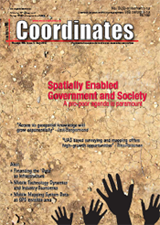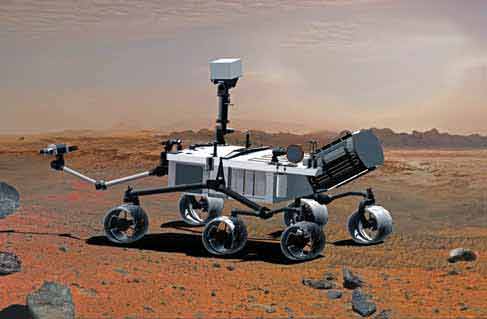
The Satellite Navigation solution is the most preferable, effective and economic aid to various Low and Medium Grade Inertial Sensors in order to get better Navigation accuracy for medium and long duration of navigation solutions. The navigation data from INS and Sat. Receiver at different intervals is synchronized and fused together by using Kalman Filter algorithm so as to obtain precise Navigation solution as long as Sat.

The geoid can be determined using different method such as gravimetric, astro-geodetic, GPS/ Levelling and “satlevel”. ‘Satlevel’ is a new method of geoid determination, in which the ellipsoidal height is used with orthometric height to model the geoid. Geoid modelling is a process of developing mathematical algorithms to represent the geoid. This is the reference surface for orthometric height. Geoid is one of the geodetic surfaces.

Virtual Reference System (VRS) comprises a network of three (3), or more, continuously operating Global Navigation Satellite System (GNSS) receivers, sited at points of known coordinates up to 70 Km apart and connected via data links. A control centre, with computer processing capability as well as a mobile phone data link, such as Global System for Mobile communication (GSM), is established for communication between the control centre and the users’ rover receivers.

Some of this publicity relates to the UK’s developments in the area of detecting GNSS interference, specifically the GAARDIAN program (for GNSS Availability, Accuracy, Reliability anD Integrity Assessment for Timing and Navigation). This was a wide collaboration between government, academia, and industry to develop a robust system for analyzing interference phenomena associated with GPS and eLoran systems and the effects on their use in safetyand mission-critical applications.
The United Nations Programme on Space Applications, the Offi ce for Outer Space Affairs held the United Nations International Meeting on Applications of Global Navigation Satellite Systems at the United Nations Offi ce at Vienna, Vienna International Centre, in Vienna from 12 to 16 December 2011. The Meeting was co-sponsored by the United States of America through International Committee on GNSS (ICG).
September 2012:
ION GNSS 2012, September 17-21(Tutorials and CGSIC: September 17-18),
NAshville Convention Center, Nashville, Tennessee, USA. www.ion.org;

SEGS: A pro-poor agenda is paramount: Christiaan Lemmen, Christopher H Barlow, Dave Doyle, Ian Harper, Juerg Kaufmann, Keith Clifford Bell, Neil Pullar, Pierre Vincent, Rachael Knight, Robin McLaren, Stig Enemark, Teo CheeHai, Tony Burns;
A case for financing the `data’ as part of infrastructure: Dr Mahavir, Prabh Bedi;
Mobile Technology dynamics and industry economics: Ali Sarwar;













 (5.00 out of 5)
(5.00 out of 5)